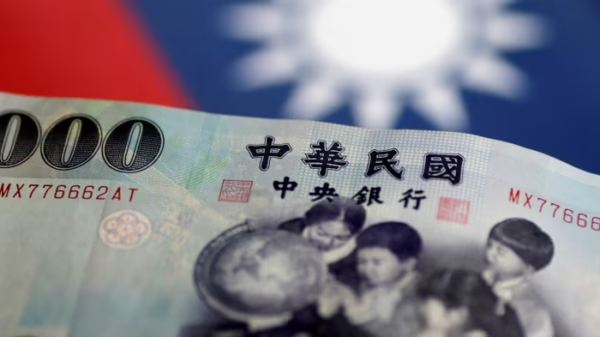Introduction
Currency volatility is a common occurrence in the forex market. Fluctuations in exchange rates can have a significant impact on the profitability of forex traders. However, with the right strategies, traders can navigate through these volatile periods and potentially capitalize on market movements. In this article, we will discuss some effective strategies that forex traders can employ to navigate currency volatility.
1. Stay Informed
One of the key strategies for navigating currency volatility is to stay informed about global economic news and events. Economic indicators, such as interest rate decisions, GDP reports, and employment data, can have a major impact on currency movements. By keeping track of these events and their potential impact on exchange rates, traders can make more informed trading decisions. Forex Factory provides a comprehensive economic calendar that includes all major economic events and their expected impact on currencies.
2. Use Stop Loss Orders
Another effective strategy for managing currency volatility is to use stop loss orders. A stop loss order is an instruction to automatically close a trade if the currency pair reaches a certain price level. By setting a stop loss order, traders can limit their potential losses in case the market moves against their positions. Investopedia provides a detailed explanation of stop loss orders and their importance in risk management.
3. Diversify Your Portfolio
Diversification is a key risk management strategy in forex trading. By diversifying their portfolio and trading multiple currency pairs, traders can reduce their exposure to the volatility of a single currency. This can help mitigate the impact of adverse currency movements and potentially improve overall trading performance.
4. Use Hedging Techniques
Hedging is another strategy that forex traders can employ to navigate currency volatility. Hedging involves opening additional positions to offset potential losses in existing positions. For example, if a trader has a long position in a currency pair, they can open a short position in another correlated currency pair to hedge against potential downside risk.
5. Practice Risk Management
Effective risk management is crucial in navigating currency volatility. Traders should determine their risk tolerance and set appropriate position sizes and leverage levels. It is also important to regularly review and adjust risk management strategies to adapt to changing market conditions.
6. Utilize Technical Analysis
Technical analysis is a valuable tool for forex traders, especially during periods of currency volatility. By analyzing price charts and identifying patterns, trends, and support/resistance levels, traders can make more informed trading decisions. Technical indicators, such as moving averages and oscillators, can also provide valuable insights into market trends and potential entry/exit points.
Conclusion
Currency volatility is an inherent part of forex trading, but with the right strategies, traders can navigate through these volatile periods and potentially profit from market movements. By staying informed, using stop loss orders, diversifying portfolios, employing hedging techniques, practicing risk management, and utilizing technical analysis, forex traders can improve their chances of success in the face of currency volatility.




































